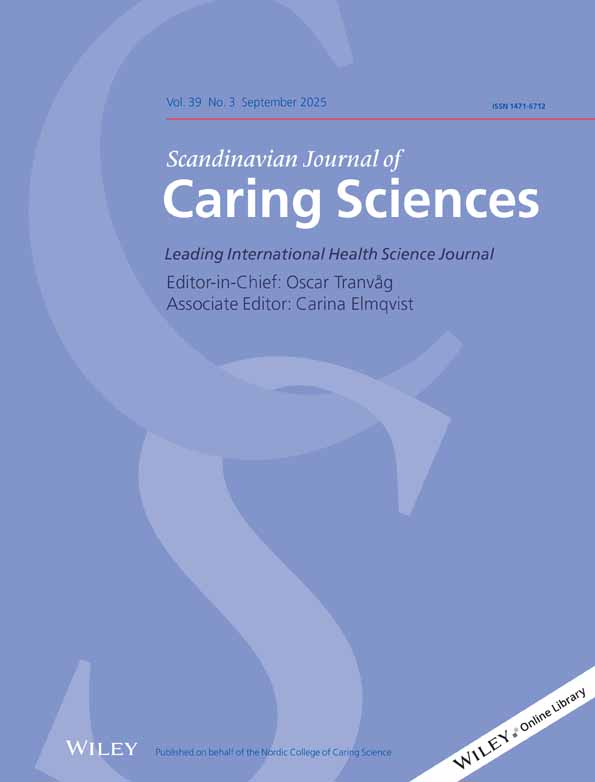Physical and psychological health and social relations in patients with prolonged musculoskeletal disorders
Abstract
Physical and psychological health and social relations in patients with prolonged musculoskeletal disorders
The purpose of this study was to describe and analyse the relationship between physical and psychological health and social relations in patients with prolonged musculoskeletal disorders in primary care. Seventy-eight patients –64 women and 14 men – were included in the study. Data from a semi-structured interview called addiction severity index (ASI), frequently used in psychiatric and drug abuse research and a visual analogue scale (VAS) symptom list as well were analysed using principal component analysis (PCA). The analysis gave a two-dimensional model with four poles of related variables characterizing the whole group. The first dimension consisted of one pole characterized by present psychiatric symptoms and many somatic symptoms. The second pole on this dimension was characterized by well-being, having work and feeling satisfaction with life. One pole on the second dimension was characterized by severe physical problems, related to sick leave and disability pension. The opposite pole on this dimension was characterized by severe psychiatric symptoms earlier in life and present relationship problems with family and other people. The ASI-instrument was considered to be relevant for describing important problem areas in patients with prolonged musculoskeletal disorders.




